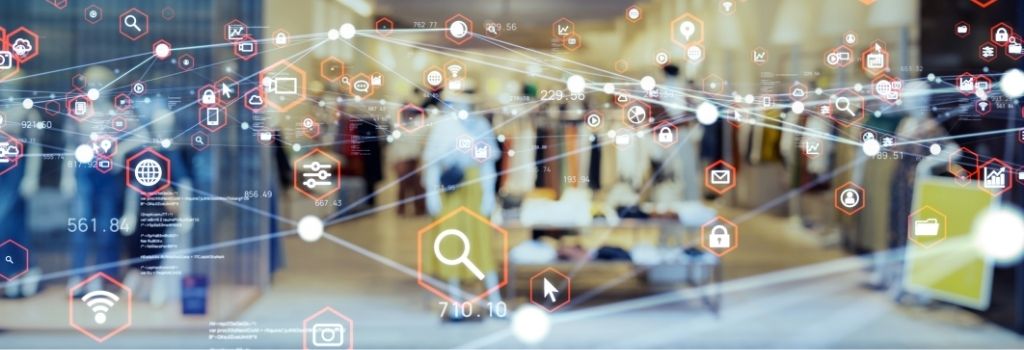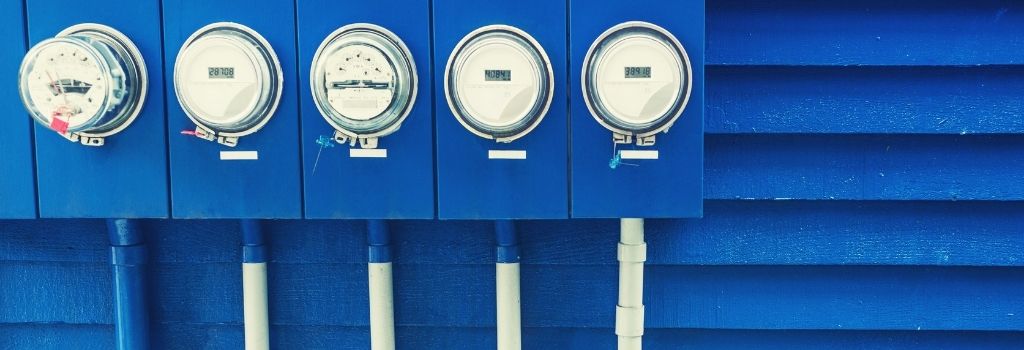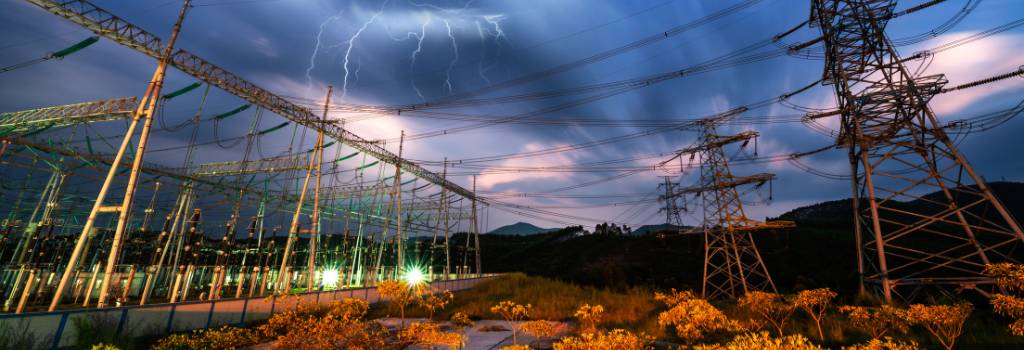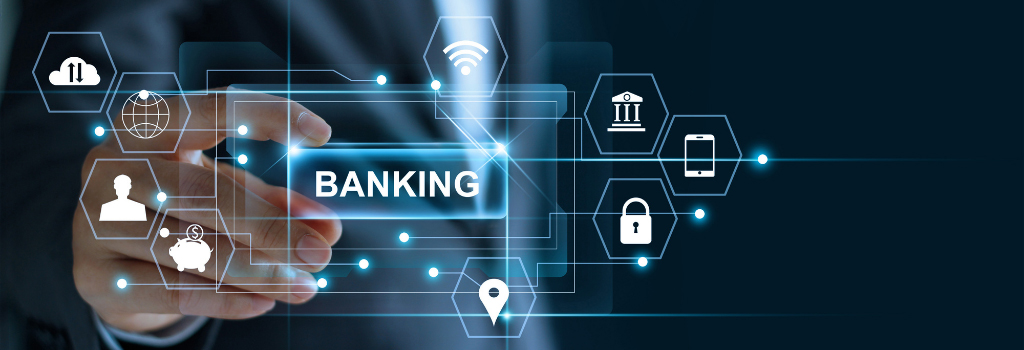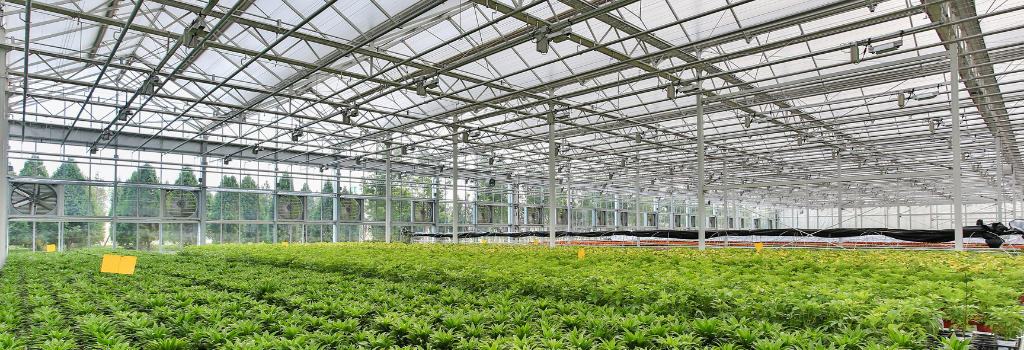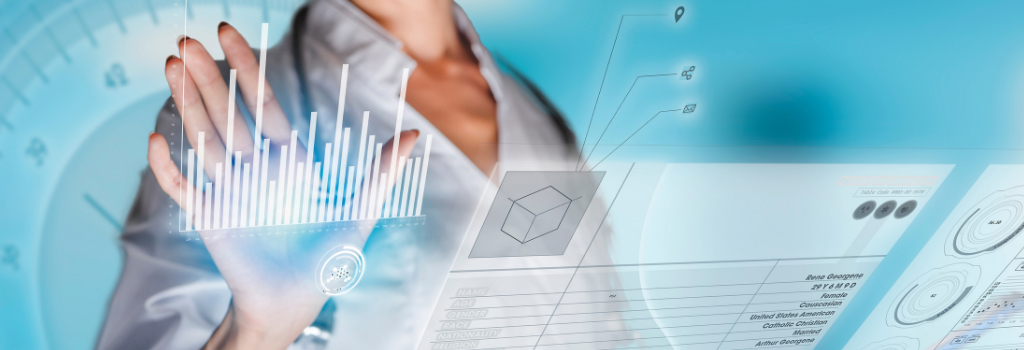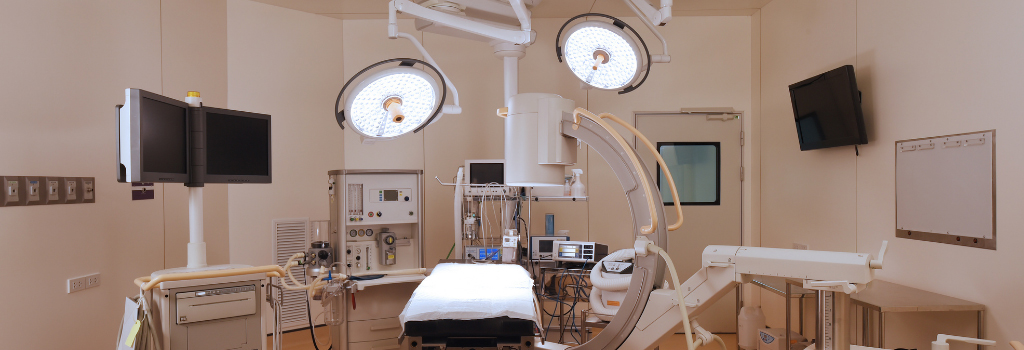- 詳細
- カテゴリ: Intelligent Systems
Retail (brick-and-mortar and e-commerce) can leverage computer vision to analyze image data and generate insights. With video cameras around a retail store collecting digital images and a Deep Learning (DP) model, the retail store could identify and classify objects accurately and react immediately to what they see. But implementing Computer Vision can be pretty challenging because it needs large sets of data and a scalable and manageable computing power that only the cloud could give.
続きを読む: Low-footprint Edge AI Platform for Retail Vision Analytics
- 詳細
- カテゴリ: Power and Energy
The IoT-based energy-saving and power monitoring solution helps tackle the challenges of maintaining steady power usage across machines, circuits, plant zones, or entire industrial plants, campuses, or office buildings. The smart energy monitoring system tracks energy usage at different levels, which also helps optimize energy consumption and identify machine failures.
- 詳細
- カテゴリ: Power and Energy
Our modern society is highly dependent on energy, everything from light and heat in our homes to the massive data centers that support the internet. With the growing complexity of the electrical system and the rise in the number of intelligent electronic devices (IEDs), modern power substations require a high degree of automation and data communication network management to ensure the reliability of supply and efficient operation.
続きを読む: IEC 61850-3 Software-Defined Server Transforms Substations and Utility Networks
- 詳細
- カテゴリ: SD-WAN
The finance industry has always had a fairly tech-forward mindset, and financial institutions have become more aware of the need to adapt to digital transformation. A growing number of retail banks and other financial organizations have begun using the technology to hedge the move to cloud solutions to implement new digital services and develop more customer-centric services.
- 詳細
- カテゴリ: Intelligent Systems
Creating and controlling microclimates inside greenhouses for sensitive plants such as orchids, exotic fruits, and mushrooms can be pretty challenging. Although there are some monitoring and controlling systems, such as SCADA, that can control environments for such sensitive plants; these systems have limitations when it comes to connectivity and interoperability.
続きを読む: Greenhouse Intelligent Monitoring and Control Solution
- 詳細
- カテゴリ: Intelligent Systems
The Internet of Things (IoT) is a vital component for a Remote Patient Monitoring (RPM) solution. An IoT-based RPM system improves patients’ health-related outcomes and helps them reduce expenses. It also allows doctors to optimize patient care and diagnosis efficiency. Doctors can remotely monitor patients in acute conditions on an ongoing basis and immediately attend to patients in distant locations.
続きを読む: Remote Health Monitoring with Intelligent Edge Gateway
- 詳細
- カテゴリ: Network Computing
One of the biggest responsibilities of healthcare professionals is ensuring their patients are in top optimal health conditions at all times. Such responsibility entails healthcare professionals accessing a patient's sensitive data, such as historical health or ongoing treatments. But, according to health regulations like HIPAA, health information must be electronically protected at all costs.
続きを読む: VPN Gateway for Medical Devices in the Health Clinics






